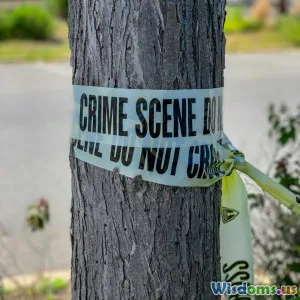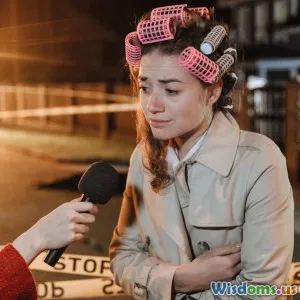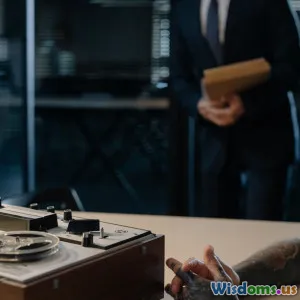
Should Police Always Record Interrogations? Unpacking the Debate
15 min read Explore whether police should always record interrogations, examining legal, ethical, and practical implications. (0 Reviews)
Should Police Always Record Interrogations? Unpacking the Debate
To the public, the image of a police interrogation is often colored by movies and television: a dimly lit room, a seasoned detective, and the soft whirring of a tape recorder barely audible beneath a tangle of crossed words. Yet, beyond the Hollywood dramatization, the practice of recording interrogations is a very real, complex, and increasingly scrutinized aspect of modern law enforcement. As demands for transparency and accountability grow louder, the debate over whether police should always record interrogations unfolds with greater urgency. What are the true stakes? Who stands to benefit—or lose—when the cameras roll? Let’s unpack both sides, illuminate nuances, and navigate best practices in this critical discussion.
The Case for Mandatory Recording
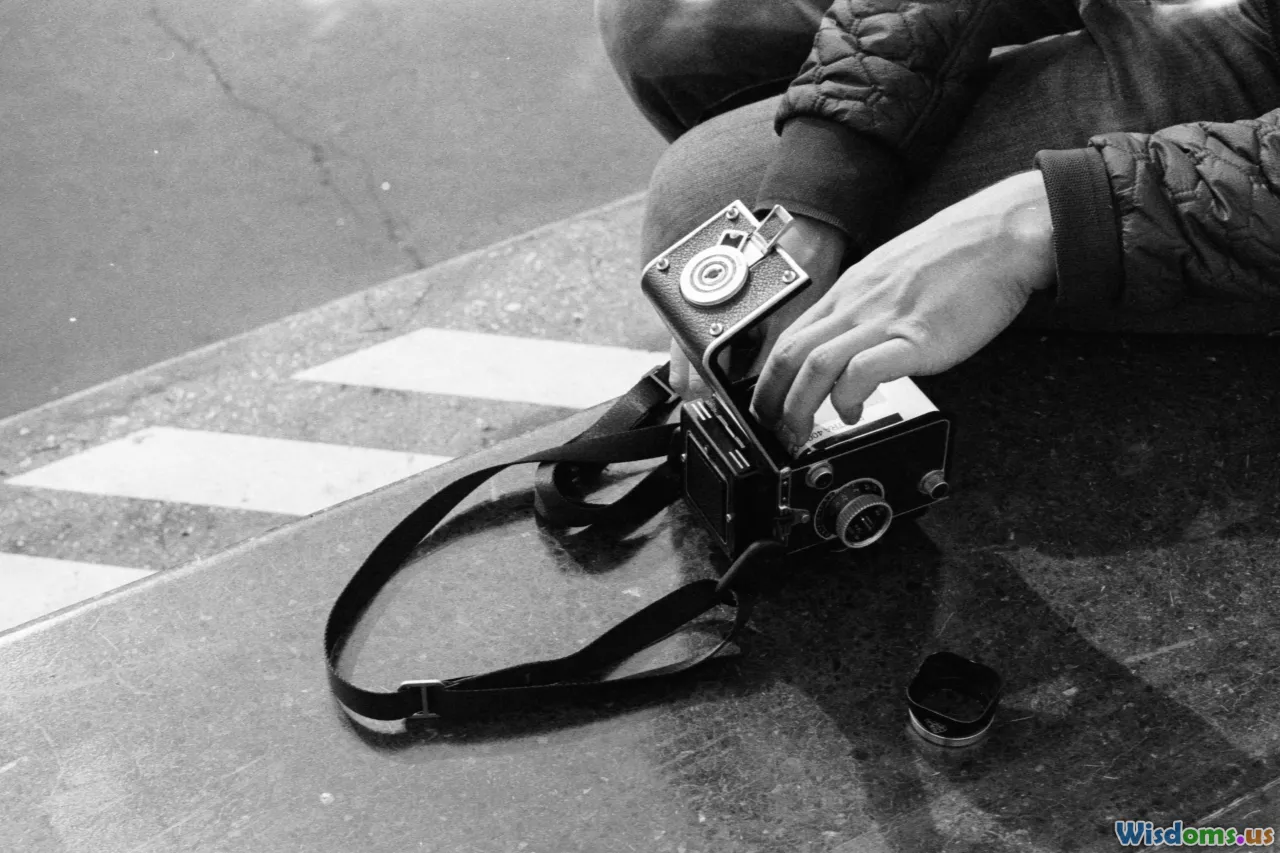
Recording police interrogations is not just a technological improvement but a powerful tool for justice. Advocates point to overwhelming evidence that consistent documentation protects both suspects and police officers. Here are key arguments in favor of mandatory recording:
Preserving an Accurate Record
When a suspect is brought into an interrogation room, much hinges on what is said and how it is said. Misreported statements or misunderstood intentions can have life-altering consequences. With continuous audio and, ideally, video recordings, every word and gesture is captured, making it difficult for facts to be later distorted or contested.
For example, the 2017 case of Brendan Dassey, featured in “Making a Murderer,” highlighted the dangers of misrepresented confessions. Had full footage of his entire interrogation been mandated and preserved, legal disputes over coercion may have been clarified more efficiently.
Helping Prevent False Confessions
False confessions are disturbingly common. According to the Innocence Project, about 29% of wrongful convictions overturned by DNA evidence involve false confessions. Vulnerable suspects—including juveniles, people with mental illnesses, and those unfamiliar with the legal system—may be more susceptible to pressure without objective oversight.
When interrogations are recorded, defense attorneys can review aggressive or manipulative tactics. This record becomes a bulwark against coercion, decreasing the likelihood of innocent people being convicted on the basis of statements made under duress.
Enhancing Police Accountability & Training
Recordings ensure officers follow interrogation procedures—protecting them against unfounded allegations while also flagging abusive conduct. It shifts interrogations from private, unobservable events to scrutinizable encounters.
Moreover, footage can serve as valuable material for law enforcement training, offering real-world examples that teach new officers best practices for lawful, ethical interrogations.
Increasing Public Trust
Transparency is the foundation of trust between law enforcement and communities. When interrogations are consistently recorded, police departments can demonstrate a willingness to be held accountable.
Reacting to high-profile incidents, several states have enacted laws requiring custodial interrogations (those conducted after a suspect has been taken into custody) to be recorded, at least for certain serious crimes—heightening standards for both evidence and ethics.
Arguments Against Universal Recording
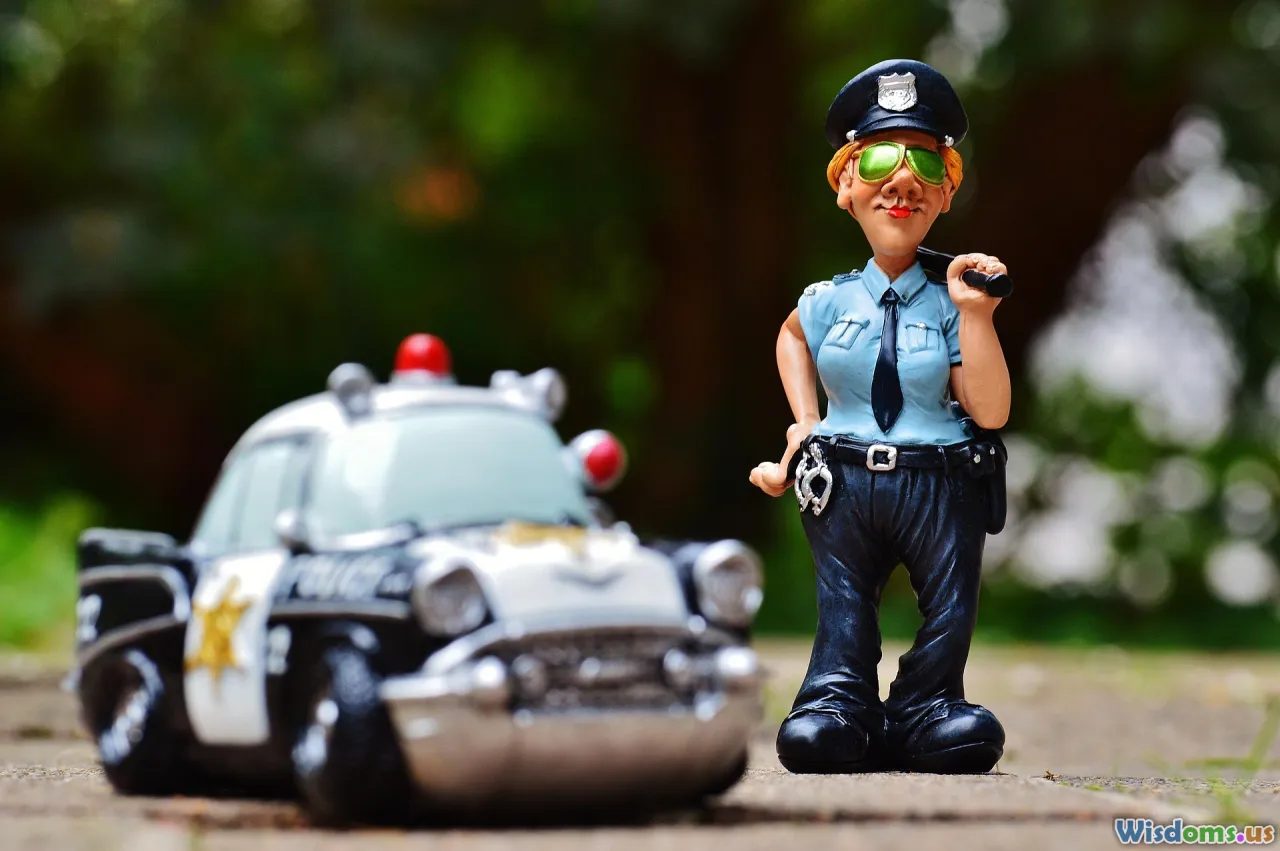
Opponents of mandatory recording acknowledge the benefits but caution against a one-size-fits-all approach. Here are some concerns and counterpoints:
Resource Constraints and Technical Challenges
While recording equipment is less expensive than ever, logistical challenges remain. Rural or underfunded departments may lack consistent access to high-quality recording devices or sufficient storage for large video files. Ensuring redundancy, encryption, and long-term preservation of these records introduces additional costs.
Unexpected recording failures—hardware malfunction, power outages, or operator error—can also undermine well-intentioned policies.
Threats to Informant Safety and Investigation Integrity
Interrogations sometimes involve sensitive information, including cooperation from confidential informants or witnesses whose safety could be jeopardized if recordings leak.
Moreover, there are concerns about suspects gaming the system—being coached on how to use the camera as a tool for evasion or misinformation. Police occasionally argue that successful rapport-building or the spontaneous gathering of useful leads may be hampered when proceedings are formalized by a camera’s ongoing presence.
Right to Privacy and the Human Element
Mandatory recording could potentially erode the privacy rights of individuals, especially those ultimately found innocent. There are sensitive cases—like certain sexual assault investigations—where survivors and suspects alike may be reluctant to speak freely if everything is on tape.
The emotional or psychological complexity of an interrogation, some contend, may not always be optimally captured or interpreted in a permanent recording.
Legal Complications
Strict adherence to recording mandates might provide loopholes for defense attorneys to question or exclude otherwise valid confessions if a technical error occurs or if recording began late unintentionally. This could create obstacles to both prosecution and defense.
Comparative Policy Approaches Across Jurisdictions

Countries and states have adopted a variety of protocols regarding the recording of police interrogations, illustrating a patchwork of solutions informed by culture, resources, and legal precedent.
United States
In the U.S., there’s no federal law requiring police to record interrogations. However, more than 30 states have passed statutes or high court decisions mandating the electronic recording of certain interrogations, typically for serious felonies like homicide or sexual assault. Examples include:
- Illinois: Pioneered recording custodial interrogations in homicide cases since 2003, later extended to cover more crimes.
- Alaska & Minnesota: Their state supreme courts have made recording mandatory for all custodial interrogations.
- California: Since 2014, law enforcement must electronically record custodial interrogations in murder investigations.
United Kingdom
The U.K. was an early adopter of recording, requiring nearly all interviews (both with suspects and witnesses) to be tape-recorded as far back as the 1980s. Police and Criminal Evidence Act 1984 (PACE) sets strict protocols for both custody suites and mobile recordings.
Australia and Canada
Both countries have gradually moved toward robust electronic recording, often with a presumption that entire custodial interrogations—and not just the confessions—are captured from start to finish.
The diversity of these models shows there is no singular blueprint, but also that progress is possible and pitfalls can be navigated as technology and policy advance.
Insights from Real-World Cases
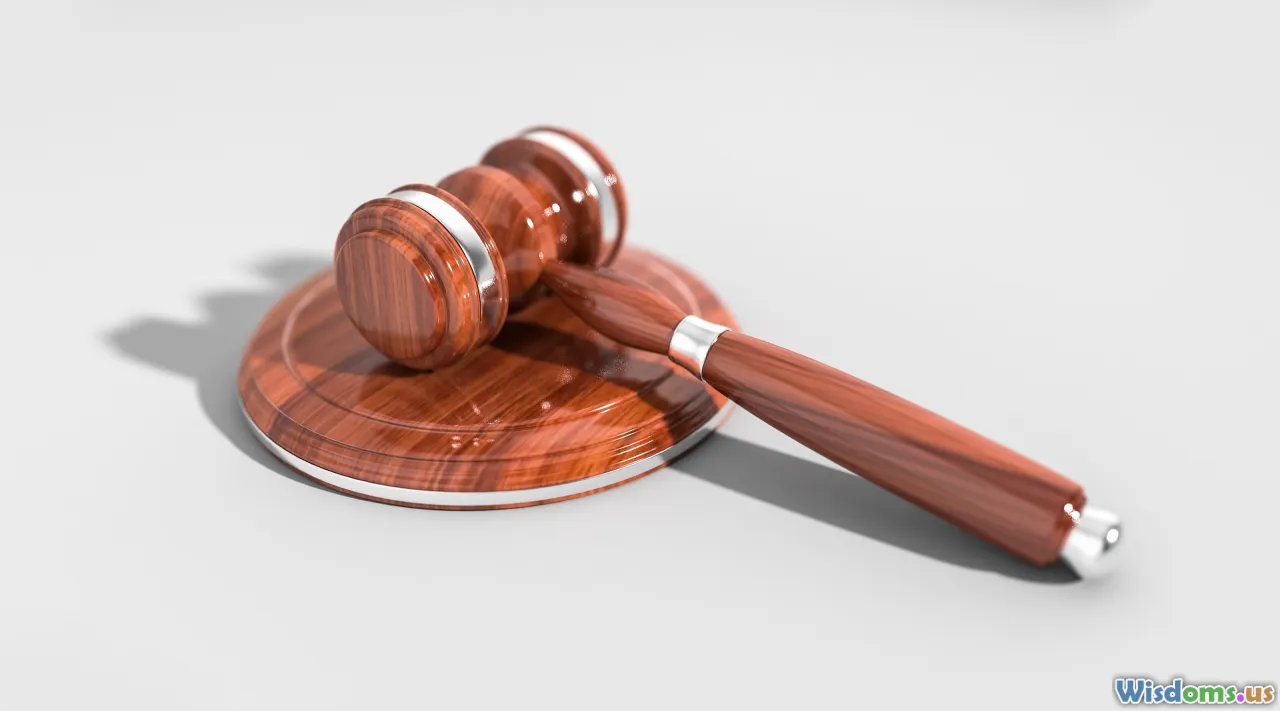
The debate takes on sharper clarity when viewed through the lens of actual cases:
The Central Park Five (1989, New York)
Five teenagers were interrogated for hours without comprehensive recordings. Their confessions, later found false, became the basis for conviction—and their wrongful imprisonment. Eventually exonerated by DNA evidence, the case became emblematic of why full, unbroken documentation of police interviews is vital. Had there been continuous recording, the legal battles over the voluntariness and veracity of the statements might have played out drastically differently.
Steven Avery Case (Wisconsin)
Much contested in both forensic and public spheres, the Avery case illustrates both the necessity and the challenges of recording. Although portions of interrogations were recorded—leading to controversy over context, coercion, and selective editing—the lack of unedited, continuous video presented serious evidentiary problems.
Lessons from the UK: Birmingham Six
Another telling example is the wrongful conviction of the "Birmingham Six" in England, where police logs of the interrogations contradicted the eventual written confessions. The resulting scandal spurred mandatory audio recording across the United Kingdom, illustrating policy change driven by public outcry and judicial review.
These incidents, among many others, create a strong narrative: continuous, unabridged recording makes the criminal justice system more robust, impartial, and fair.
Best Practices: How To Implement Effective Recording Policies
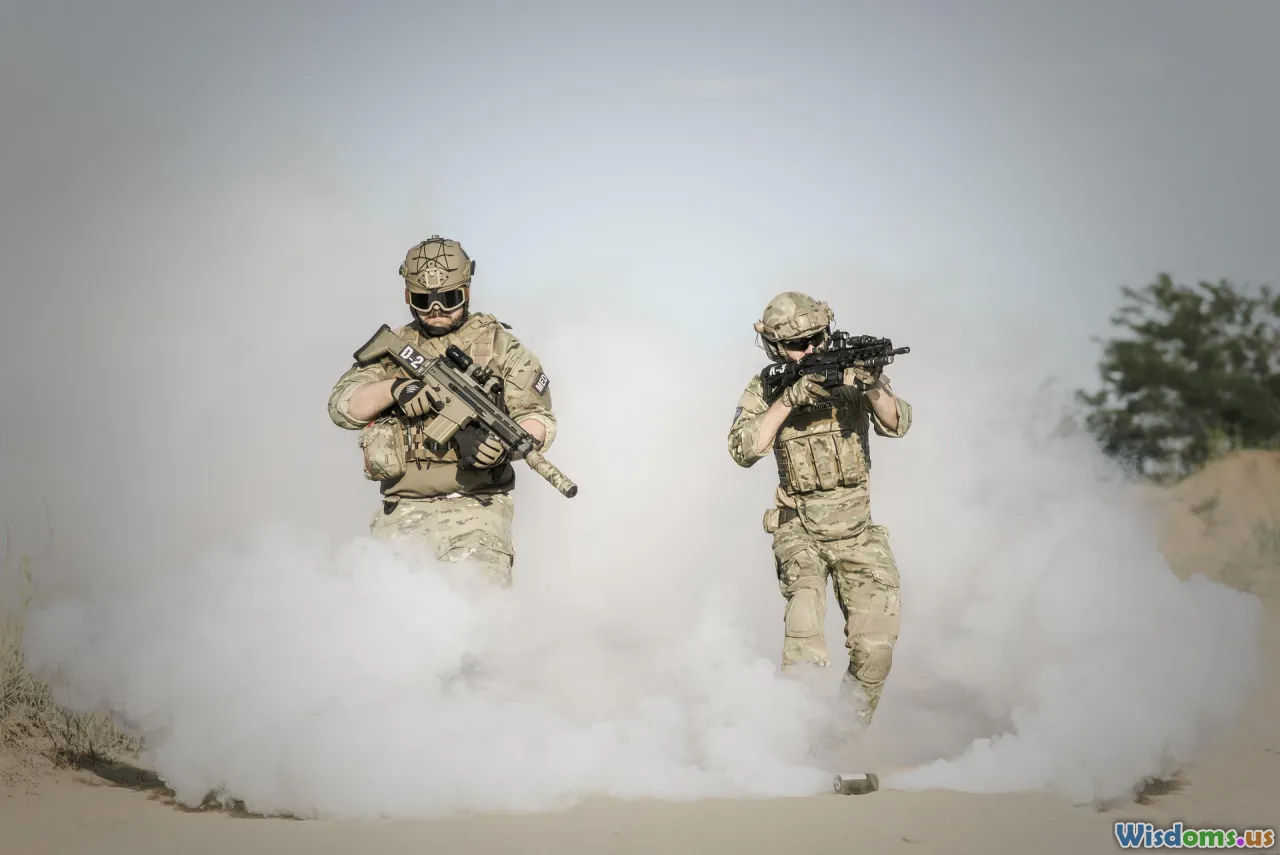
If law enforcement agencies choose—or are mandated—to record interrogations, embedding thoughtful, comprehensive practices is essential. Here are actionable tips and strategies:
1. Record the Full Custodial Process
Partial recordings open room for skepticism about what preceded the "official start." Agencies should, where practical, record everything from the moment a suspect is in custody until the interrogation concludes, ensuring context is captured.
2. Use Reliable, Tamper-Proof Equipment
Modern digital systems now permit multi-view, time-stamped video and audio capture that is automatically encrypted and securely backed up. Redundant systems and automated alerts (if equipment malfunctions) can reduce loss or corruption fears.
3. Address Privacy and Security Proactively
Sensitive files must have restricted access and secure storage. Regular data audits, inventory tracking, and chain-of-custody logs are critical. Departments should develop clear policies separating who can view, copy, and distribute footage, along with strict penalties for unauthorized access.
4. Draft and Publicize Clear Protocols
Agencies should make their recording policies readily available to the public and legal community. Clear, universally communicated guidelines will help avoid disputes and maintain community trust when incidents do arise.
5. Allow for Case-by-Case Discretion in Extraordinary Circumstances
Certain scenarios, such as interactions with confidential informants or witnesses whose safety is verifiably threatened, may require tailored solutions—possibly allowing for redacted, audio-only, or off-camera portions with appropriate judicial oversight.
6. Implement Regular Training and Assessment
Continuous staff training on both technical and ethical aspects is indispensable. Role-play, review of previous cases, and ongoing dialogue with defense attorneys and advocates keeps practices up-to-date and minimizes human error.
7. Maintain Robust Oversight and Accountability Mechanisms
Review boards, civilian oversight panels, and transparency reporting help ensure rules are followed. Mistakes must be met with appropriate investigation rather than disregard or cover-up.
What Does the Future Hold?

Emerging technologies are already starting to reshape legal landscapes:
- Cloud-based recording and analysis means interrogations can be securely stored and later reviewed at any location, increasing resilience against local technical failures.
- AI-assisted analysis may be able eventually to flag potential violations of procedure, emotional distress in subjects, or automatically redact sensitive details.
- Body-worn cameras add yet another layer, blurring the lines between street encounters, arrests, and formal interrogations—thus raising the bar for thorough documentation and review.
Meanwhile, the arc of both domestic and international regulation appears to be bending inexorably toward more transparency, not less. Civil liberties advocates continue pushing for universal policies, stricter penalties for non-compliance, and public accessibility (with safeguards) to recorded interrogations.
But even as the debate persists on its "always" aspect, the progress so far is undeniable: greater consistency in recording has reduced wrongful convictions, boosted police professionalization, and provided an auditable backstop against both error and abuse.
Ultimately, as societies strive to balance public safety, individual rights, and the integrity of justice, the recording of police interrogations stands as one of the simplest, yet most far-reaching reforms available. Whether the goal is preventing new cases of injustice, bolstering institutional trust, or simply getting closer to the truth, rolling the cameras— judiciously and thoughtfully—offers a way forward.
Rate the Post
User Reviews
Other posts in Criminal Justice Ethics
Popular Posts












